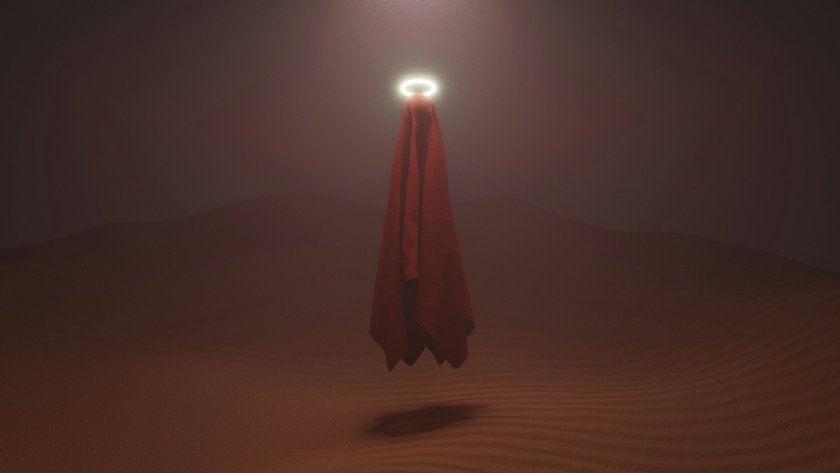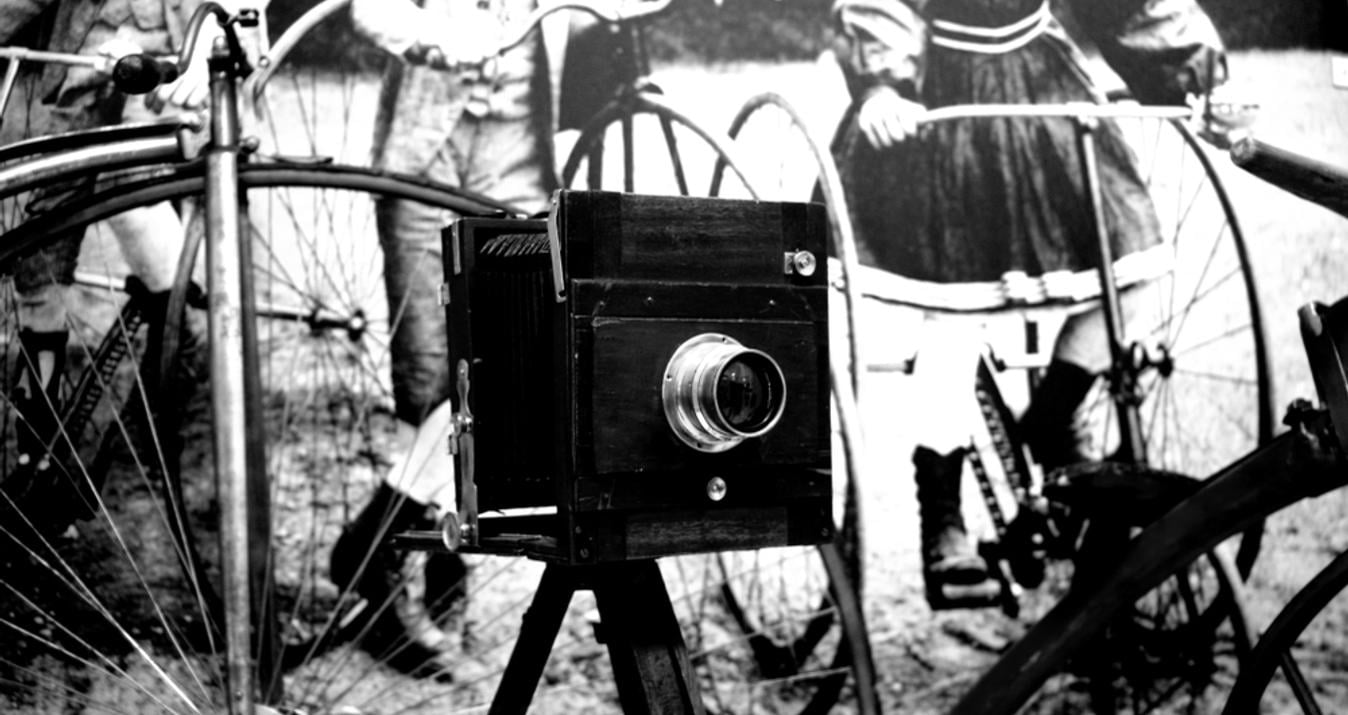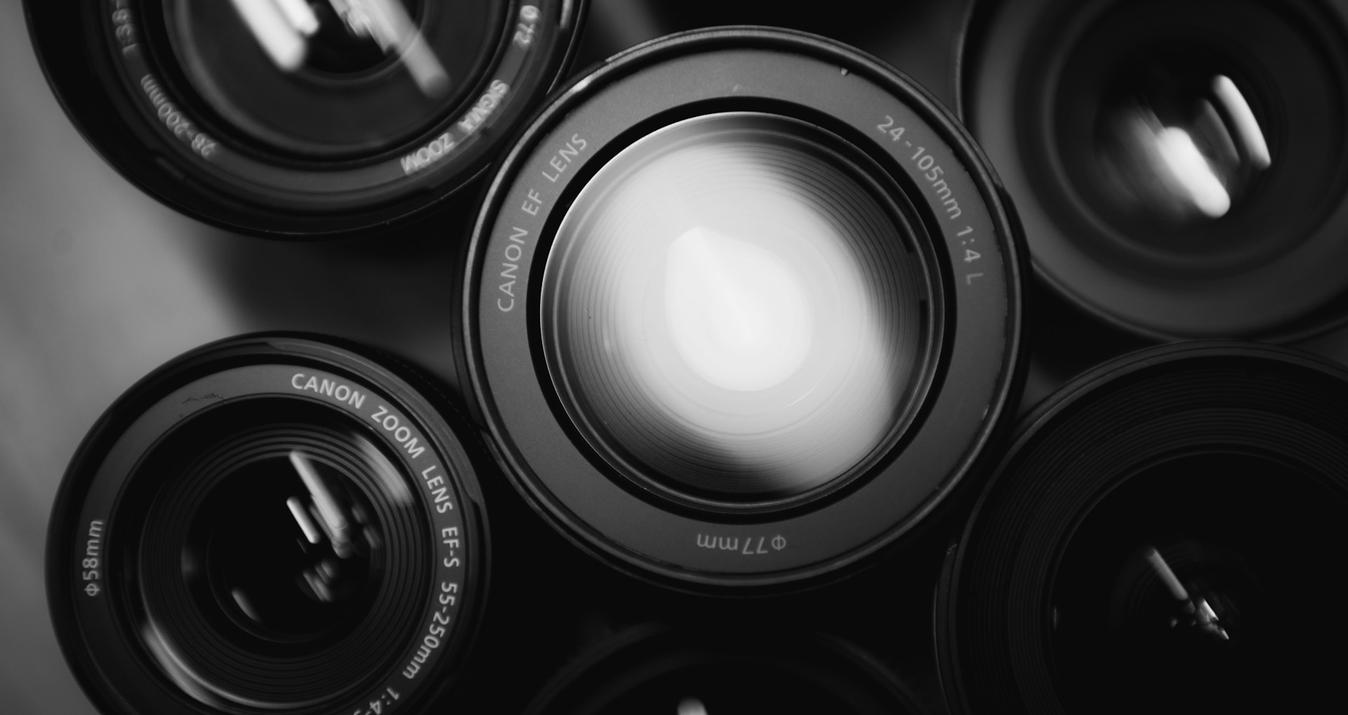Photo Trends December 2023
November 27, 2023

Photography, the art form that captures moments frozen in time, is ever-evolving. As we step into December 2023, there are some interesting photo editing trends you need to know about to redefine your visual narratives for your photographic creativity to be truly limitless.
In December 2023, the main focus will be on five current trends in photography: surrealism, gradients and duotones, muted colors, clever motion, and the profound impact of AI in photography.
Surrealism blurs the lines between reality and imagination, inviting viewers into dreamlike realms, while gradients and duotones splash vibrancy and depth into visuals, elevating their emotional impact. Muted colors offer a serene and contemplative palette, weaving narratives of subtlety and nostalgia, while clever motion adds an element of dynamism, freezing instants that transcend the conventional.
Regarding AI for photographers, modern technologies have completely redefined the vision of photographic art. This article will focus on the cutting-edge tools in the Luminar Neo software, offering unparalleled possibilities for photographers to manipulate and enhance their visuals easily. Join us on this expedition through the new trends in photography!
Surrealism
The first of the new trends in photography for December 2023 that we will describe is surrealism. Imagine a photograph where the laws of physics seem suspended — a floating umbrella casting a shadow on the moonlit sea or a room where gravity defies its norm, furniture hanging upside down. These are not mere snapshots but portals into the surreal, where photographers blend creativity with technical prowess to craft captivating narratives.
One of the main techniques for every surrealist photographer to get familiar with is double exposure — a method where two distinct images merge seamlessly, creating a surreal fusion. For instance, overlaying a cityscape atop a portrait forms a symbolic link between an individual and their urban environment.
Consider the works of contemporary photographers like Elena Vizerskaya, whose compositions merge reality with fantasy, seamlessly blending elements to create dreamlike scenarios. Her photographs often depict levitating subjects or animals in unexpected contexts, prompting viewers to reimagine reality.
Surrealism is not merely about distorting reality but transcending it, inviting viewers to question, explore, and feel. It is a trend that continues to evolve, leaving indelible imprints on the photographic canvas and beckoning enthusiasts and professionals alike to explore the uncharted territories of the mind and visual storytelling.
Gradients and Duotones
Duotones, born from the printing press era to add depth to monochromatic images, have found a renaissance in digital photography. This technique involves overlaying two contrasting colors to produce an idea that's visually impactful and emotionally evocative. Using duotones enables photographers to create compelling contrasts, adding a dramatic flair or a subtle hint of emotion to an otherwise ordinary scene.
Conversely, gradients paint a story of transitions — a seamless blend of hues that flow harmoniously, creating a sense of movement or depth within an image. Whether it is a gradient sky casting ethereal tones over a landscape or a portrait adorned with subtle transitions of color, gradients infuse compositions with a mesmerizing dynamism.
Contemporary photographers leverage gradients and duotones to evoke specific emotions, set tones, and enhance storytelling. Imagine a landscape photograph where the sky transitions from a warm, golden hue to a deep, serene blue, mirroring the passage of time and emotions felt within the scene. Such applications breathe life into static images, engaging viewers emotionally beyond the visual.
These techniques are not confined to any specific genre; they transcend boundaries, enriching portraits, landscapes, still life, and conceptual photography. Photographers like Emily Soto and Samuele Silva utilize gradients and duotones to create captivating portraits, infusing their works with a sense of depth and mood that goes beyond the surface.
Modern technologies are ready to give you a helping hand if you are willing to integrate these trends into your art. For example, the Duotones preset from Luminar Neo makes experimenting effortlessly with color combinations possible, expanding your creative horizons.
Muted Colors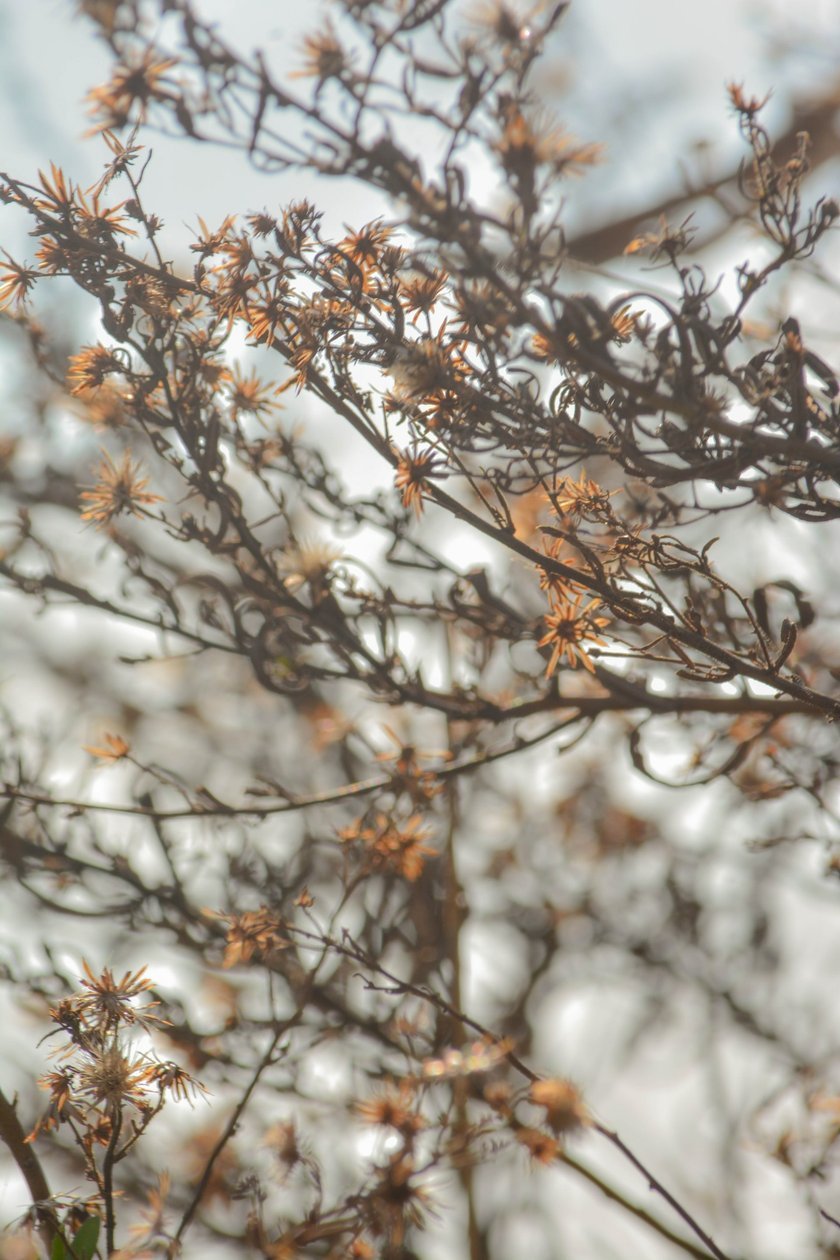
Contrary to the boldness of vibrant hues, muted colors dance in a softer, understated rhythm, painting scenes with gentle tones and subdued palettes. These colors, often characterized by their desaturation and low contrast, evoke a sense of tranquility and contemplation, drawing viewers into a world that whispers rather than shouts.
Muted colors hold a unique ability to evoke nostalgia reminiscent of bygone eras or cherished memories. Photographers harness these tones to evoke emotions of calmness, introspection, and a longing for simpler times. Scenes in muted colors invite viewers to pause, reflect, and immerse themselves in the serene ambiance captured within the frame.
With Luminar Neo features, you can be a game-changer if you want to create a masterpiece in muted colors. Adjust and fine-tune the subtleties of color, allowing for a deliberate and thoughtful application of these muted palettes in their artistic compositions.
Imagine a landscape washed in muted hues of lavender and dusky blues, evoking a sense of twilight's embrace, or a portrait adorned with soft, pastel tones that stir feelings of tenderness and introspection. These subtle palettes transcend the immediate visual impact, drawing the audience into a world where emotions resonate deeply.
Prominent photographers like Masashi Wakui excel in capturing the essence of muted colors, crafting visual narratives that embrace subtlety and nostalgia. These works immerse viewers in dreamlike scenarios where time seems to stand still and emotions resonate deeply.
Streamline Your Workflow with All-in-One Auto Photo Editor
GET STARTED NOW!Clever Motion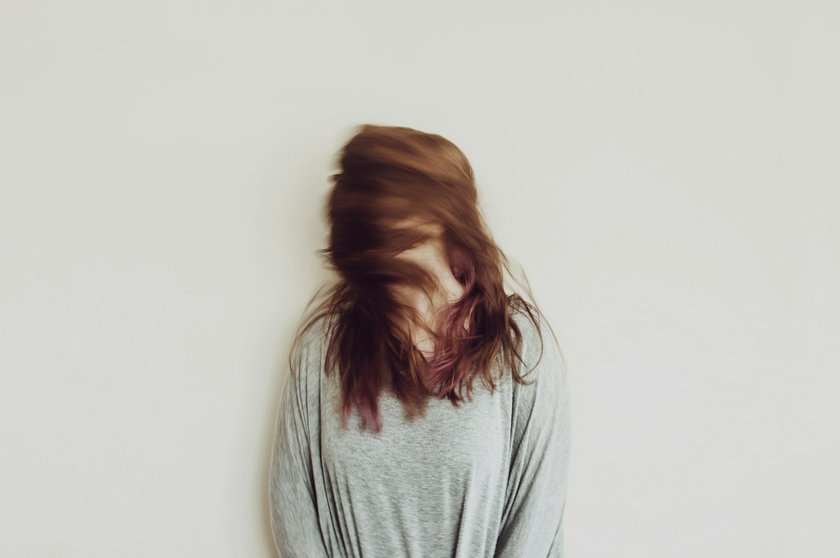
Photographers adept in clever motion infuse their compositions with a sense of dynamism and storytelling, freezing instants that carry the weight of narrative and emotion. They use techniques that challenge traditional perceptions, allowing viewers to experience the fluidity of time within a single frame.
Renowned photographers like Alexey Titarenko and Hiroshi Sugimoto have mastered the art of clever motion in their respective genres. Titarenko's long-exposure captures of bustling cities reflect the pulse of urban life, while Sugimoto's long-exposure seascapes evoke a sense of timelessness and tranquility.
Moreover, clever motion techniques are not limited to a specific genre. They transcend landscapes, street photography, portraits, and experimental abstract compositions, infusing each with an element of movement that amplifies the visual impact.
Technological advancements and innovative gear have expanded the possibilities within clever motion. High-speed cameras, stabilized rigs, and cutting-edge software, such as Luminar Neo, enable photographers to experiment with motion in unprecedented ways, pushing the boundaries of creative expression.
AI in Photography
We can embrace or be upset about it, but there is no way to deny that AI will change the photography landscape. It is a new reality, and we must adapt to it one way or another.
The impact of AI in photography extends far beyond mere technical enhancements. It is about empowering creators, both seasoned photographers and enthusiasts, with tools that augment their artistic vision and streamline their workflow.
Photo editors based on AI technology combine innovation and creativity. They harness machine learning algorithms to simplify complex editing processes, allowing photographers to focus on creative self-expression without spending extra effort.
Software like Luminar Neo provides intelligent enhancements, automation, and intuitive tools that facilitate seamless editing, freeing artists from mundane tasks and allowing them to focus on the essence of storytelling through imagery.
One of the most groundbreaking aspects of AI in photography is its capacity to analyze and adapt to individual styles and preferences. By learning from vast datasets and user interactions, AI algorithms within Luminar Neo comprehend and anticipate editing choices, suggesting enhancements that align with the photographer's vision. This adaptive nature streamlines the editing process while preserving the artist's unique touch.
Furthermore, AI augments the technical capabilities of photographers by offering features like automatic object removal, intelligent background adjustments, and even the creation of AI-generated imagery. These advancements empower photographers to explore uncharted territories of creativity, pushing the boundaries of what's achievable in visual storytelling.
The democratization of AI tools like Luminar Neo makes advanced editing techniques accessible to a broader audience, bridging the gap between professionals and enthusiasts. Novice photographers can leverage these technologies to enhance their work, learn new techniques, and refine their craft, fostering a community where creativity thrives.
In addition, AI-based products are constantly being developed and improved. For example, Luminar Neo recently introduced smart AI tools GenErase and GenSwap, which can organically remove unwanted elements from an image, filling them with the correct structures of the surrounding area. Also, you can generate your objects and add them to the image as realistic as possible. You can remove unnecessary things or add generated elements to create your desired image.
However, the integration of AI in photography is more than just around editing. It extends to the very process of image capture, where AI algorithms optimize settings, suggest compositions, and even predict moments to capture.
Advanced yet easy-to-use photo editor
Get Luminar Neo NowBottom Line
In the intricate tapestry of December 2023's photography trends, we have embarked on a captivating journey through surrealism's dreamlike realms, the vibrancy of gradients and duotones, the subtlety of muted colors, and the dynamic interplay of clever motion. Each trend represents a brushstroke in the evolving canvas of visual storytelling, inviting us to explore new dimensions of creativity and expression.
Moreover, the advent of artificial intelligence in photography, epitomized by tools like Luminar Neo, has revolutionized editing workflows and unlocked unprecedented avenues for artistic exploration. AI's fusion with photography transcends mere technical augmentation; it embodies a symbiotic relationship between innovation and creativity.
As we embrace these trends, we witness a convergence of technology, artistry, imagination, and innovation. These trends aren't disparate elements; they coalesce to redefine the very essence of photography, shaping a future where storytelling through imagery transcends boundaries.


